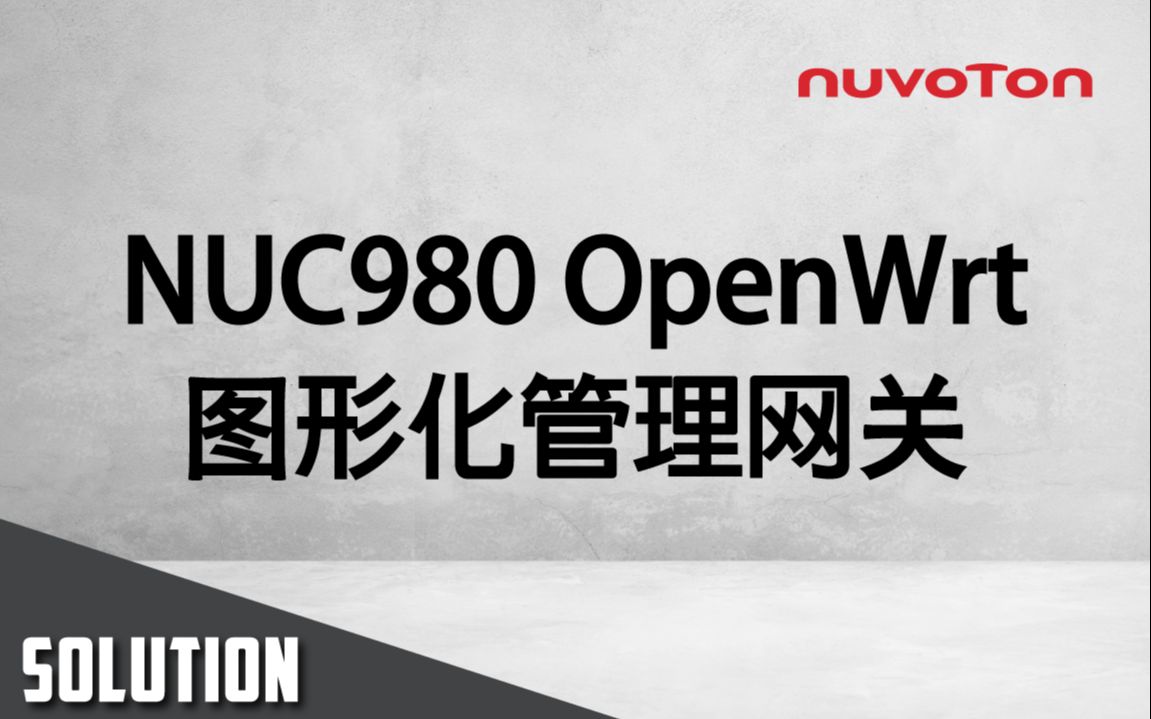搜寻
搜寻结果
搜寻Serial Server ,
找到 1 笔
- 排序
- 依时间
- 依热门度
创新产品
前瞻应用
视频长度 - 1:56
今天要为大家介绍的是新唐的 NUC980 OpenWrt 图形化网关方案,我们的方案包含应用控制器以及 USB Wi-Fi 模块。
首先是应用控制器的部分,这是一块的 NuMaker-RTU-NUC980 应用开发板,并运行 OpenWrt 产生的 Linux OS,使用的主控为 NUC980DR 采用 LQFP 封装和 MCP 64 Mbyte 的 DDR 以及外挂 32Mbyte SPI FLASH,可在运行 Web server 以及 LuCI 图像化网页配置接口, NUC980 也具备多种通讯外设,可根据使用情境接上传感器并将数据呈现于网页端。可搭配 USB Wi-Fi 模块并设定成 AP 模式,允许其他 Wi-Fi装置连接后透过网页浏览或配置系统状态。
#zh-Hans #Product #Application #General #Seminar
#2023 Roadshow #Nuvoton #新唐科技 #NUC980 OpenWrt 图形化管理网关 #NuMicro #MCU
-
【2023 Roadshow专区】
新唐科技 2023 工业物联、车载与新能源高峰会 - 火热报名中!
4月12日至28日,全国11个城市(南京、合肥、武汉、成都、杭州、上海、厦门、北京、青岛、广州、深圳+在线直播)举办
● 报名参与抽好礼:https://www.xcc.com/news/special/35
● 精彩内容抢先看:https://www.nuvoton.com/landing/roadshow-cn.html
● 点我购买:https://nuvoton.world.tmall.com/category-1707873734.htm?spm=a312a.7700824.w4010-21192259949.7.11985080bGW7ag&search=y&catName=2023+Roadshow+%D7%A8%C7%F8#bd
-
更多产品资讯,请至新唐科技网站 https://www.nuvoton.com/?utm_source=bb&utm_medium=video&utm_campaign=all

 粤公网安备 44030502010001号
粤公网安备 44030502010001号